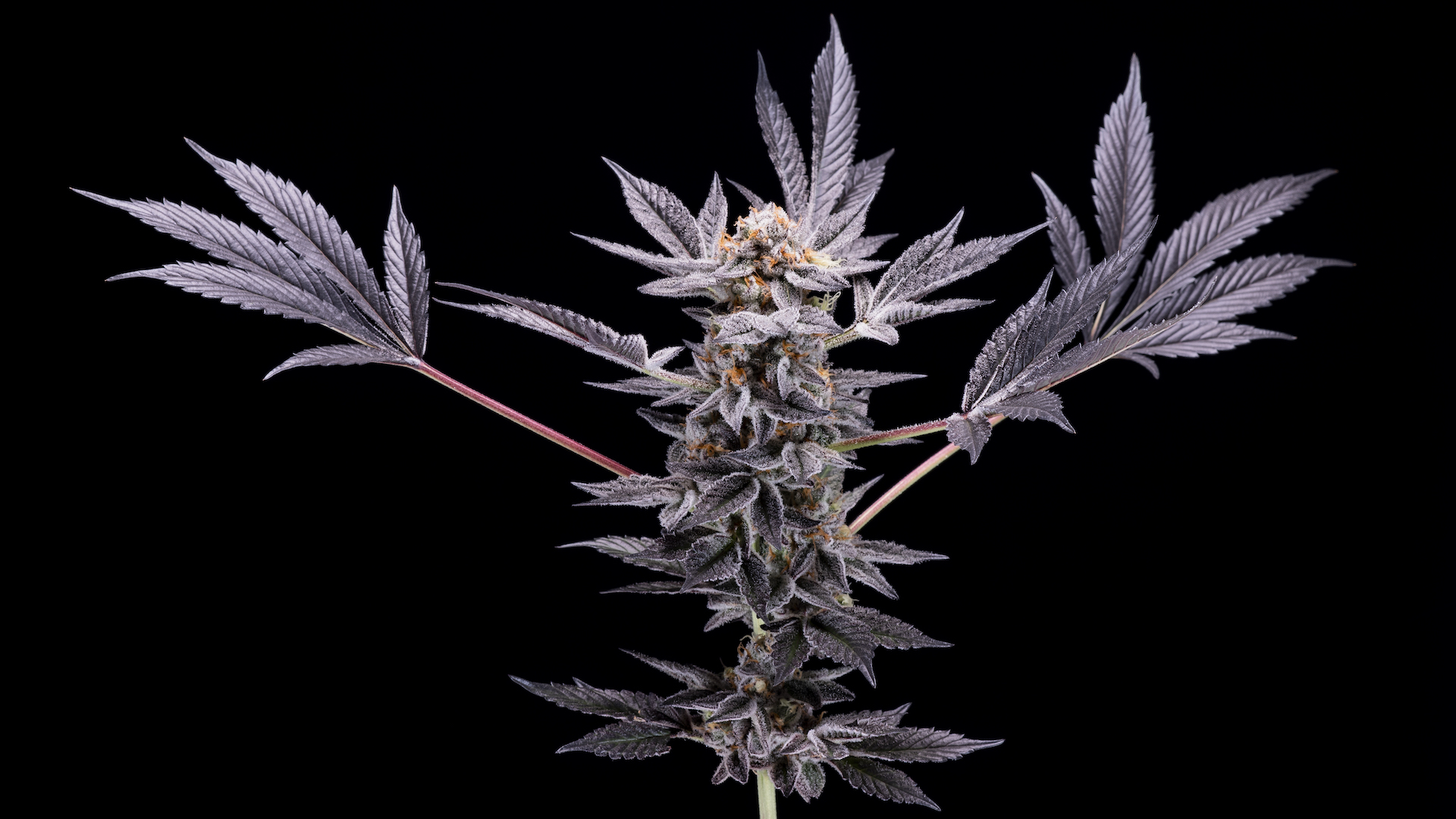
Cannabis Harvest 2021 – 3 Emblematic Stories From Farmers
The nation’s first final assessment of our legal harvest – the Leafly Cannabis Harvest Report 2021 – gets even more definitive with a series of colorful interviews and profiles from real, living, breathing pot growers. (You are just like us!)
Below, Leafly caught up with three emblematic farmers of the 2021 crop. They are hyper-organic, according to AF, and more CO2-neutral than ever.
Brie Kralick builds healthy environments

Brie Kralick, Air gardens, Mesa County, CO
Living soil is the fulcrum that powers Western Colorado’s Hava Gardens. As the cultivation manager, it is Brie Kralick’s job to get this delicate, often labor-intensive dance to perfection.
Having worked with Hava’s VP of Cultivation, Cassandra Massey, on previous grows, Kralick valued Masey’s process of working with living soil, which essentially boils down to mimicking the conditions of nature as much as possible and thus indulging in the cannabis harvest enable to respond as it sees fit.
We feed the soil, not the plants.
“Living soil is optimized for the soil’s food web,” explains Kralick. “There are many different ways to do this, but by optimizing for the soil’s food web, we are feeding the soil, not the plants. We feed the biology: bacteria, fungi, nematodes and the like. These microbes, in turn, provide the plants with nutrients and feed the plants themselves, allowing them to choose which nutrients they need based on their symbiotic relationship. “
While the workload can be enormous, the results are powerfully impressive – the terpenes don’t lie. Compared to farms where cannabis plants are spoon-fed synthetic nutrients, Hava Gardens eschews what Kralick sees as an “empty medium” and instead lets the plants do their own thing. The win is that cannabis is teeming with terpene profiles in the facility’s four 5,000-square-foot greenhouses and 4,000-square-foot interiors.
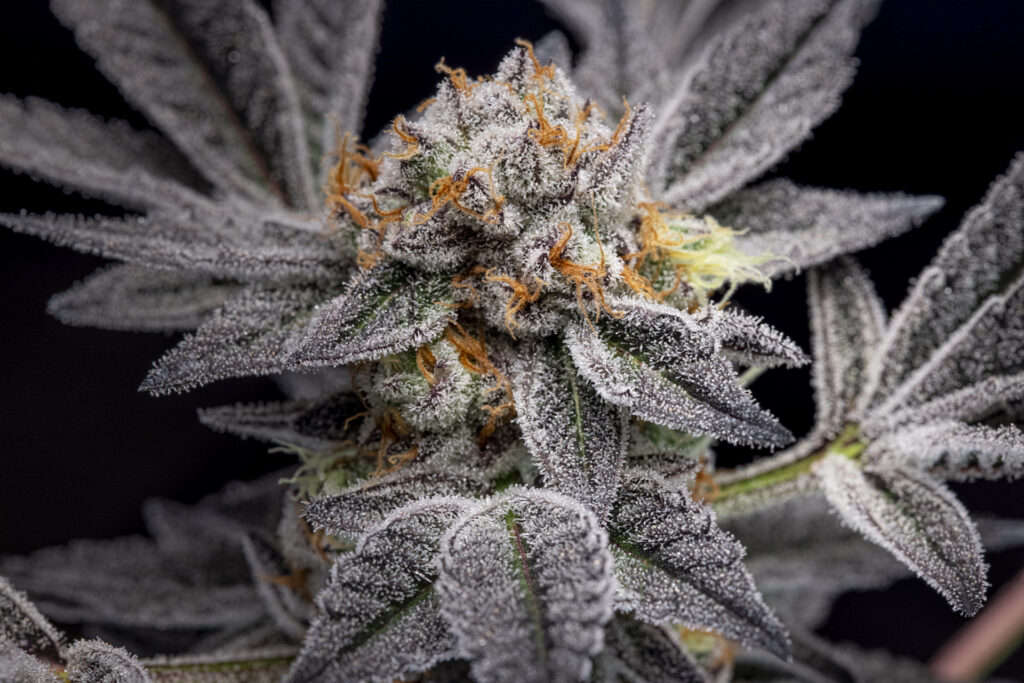
Another focus of Hava is sustainability.
To do this, they recycle their flower bed soil between harvests, saving an estimated 650,000 pounds of media before landfilling. In addition, Kralick is working on plans to recycle the runoff water from greenhouses for a herb garden and landscaping around the facility. She also wants to run solar energy and is talking to people in the brewing industry about an ambitious plan to use the recycled CO2 from breweries for Hava.
“That is our big focus,” said Kralick, “to take over this operation and to further improve our sustainable practices and in this way to be on the map in the long term.”
It is rare for queer women to run cannabis gardens in public. Kralick not only cultivates healthier, more natural soil – she cultivates a more welcoming workplace than the one she grew up in.
“A lot comes from how I lead and what my expectations are; Things I just can’t stand for. Everyone – regardless of how they identify themselves – can work here. It’s very simple: to be human; To have mutual respect and to appreciate the people who work for you and with you. “
Related
New Leafly ‘Cannabis Harvest Report’ ranks the crop at number 5 in the nation
Jesce Horton turns black and proud

Jesce Horton, LOWD, Portland, OR
Jesce Horton has come a long way from growing cannabis in his basement. As CEO of LOWD, one of Oregon’s leading cannabis companies, Horton’s products are both highly acclaimed and consistently sold out. But long before he was in his current position, he was warned by his father to stay away from cannabis entirely.
“My father spent some time in jail for the drug war,” said Horton, “trying as best he could to keep me away from cannabis.”
As it turned out, the love of cannabis was a stubborn part of Horton’s being.
While pursuing other professional ambitions, he began honing his craft by growing his own in his basement in Oregon. When he finally decided to start his own legal cannabis business, due to an early failure to raise funds, Horton turned to a highly unlikely source: his father.
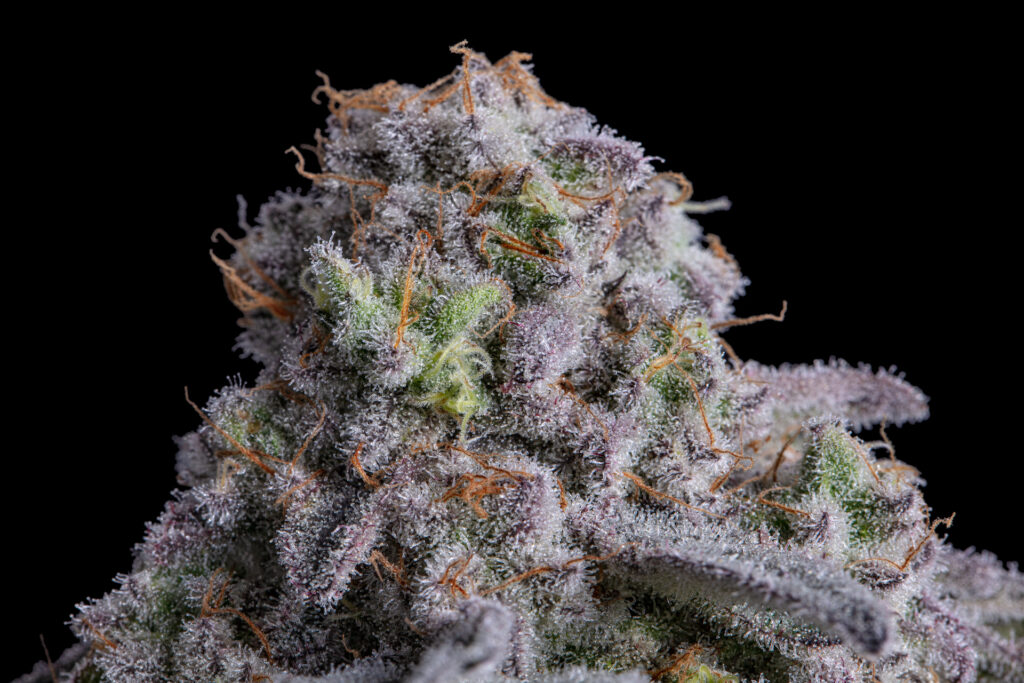
“It really made sense that it was my first form of capital,” Horton admitted. “I didn’t have much success in fundraising until I got my first loan from my father and a group of his retired friends at the company.”
That this funding comes exclusively from People of Color only adds to the pride Horton feels as the head of a successful black-owned cannabis company. While LOWD technically stands for Love Our Weed Daily (as well as a nod to the popular weed descriptor “loud”), it also reflects what Horton sees as the need for cannabis users to become more visible and louder in society.
“If you look at traditional cannabis culture, it was taboo to speak out loud about your love for cannabis,” he said. “As cannabis becomes more mainstream, we want to make sure that we wave this flag loudly and proudly and continue to put the traditional, old cannabis culture of the cannabis collectors on a pedestal and not on ice.”
Related
Cannabis harvest 2021 in the own words of US farmers
Brendan Delaney reduces the carbon footprint of cannabis
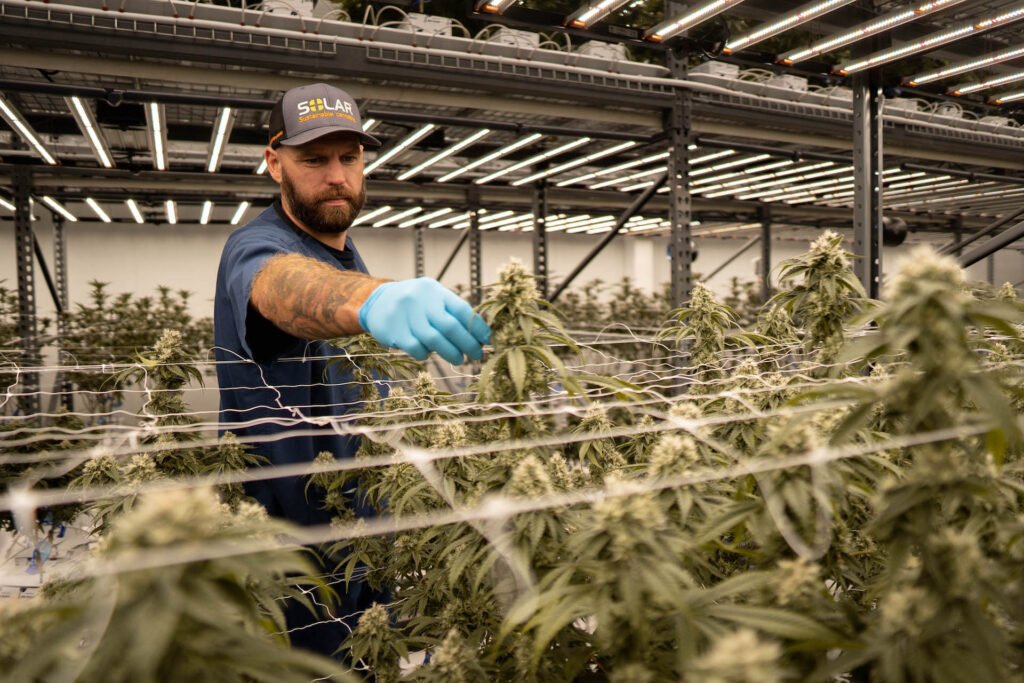
Brendan Delaney, Solar therapy, Somerset, MA
Before Brendan Delaney landed in Massachusetts, he made a name for himself in the Emerald Triangle. He started six farms in total in Trinity, Shasta, and Mendocino counties before heading to the east coast after California’s recent surge in wildfires.
He now works as a grower for Solar Therapeutics, a Summerset-based company that distinguishes itself as the first grower in the country to use solar energy to grow cannabis.
Currently, operations are based on a microgrid that combines natural gas generators with a large solar array, including 70,000 square feet of roof panels and another four acres behind the building. Solar Therapeutics has now been cultivating for nearly a year and a half, which has given them ample time to tweak their operations for optimal results.
“It was definitely a fine-tuning process,” said Delaney. “We are currently in four three-story grow rooms with just over 200 lamps in each room. With the first three online rooms in our first year, we had 11 successful harvests with no major issues. Every time you build a microgrid and grow an annex at the same time, there will always be some bumps in the way, but we’ve been through all of that and now we’re buzzing. “
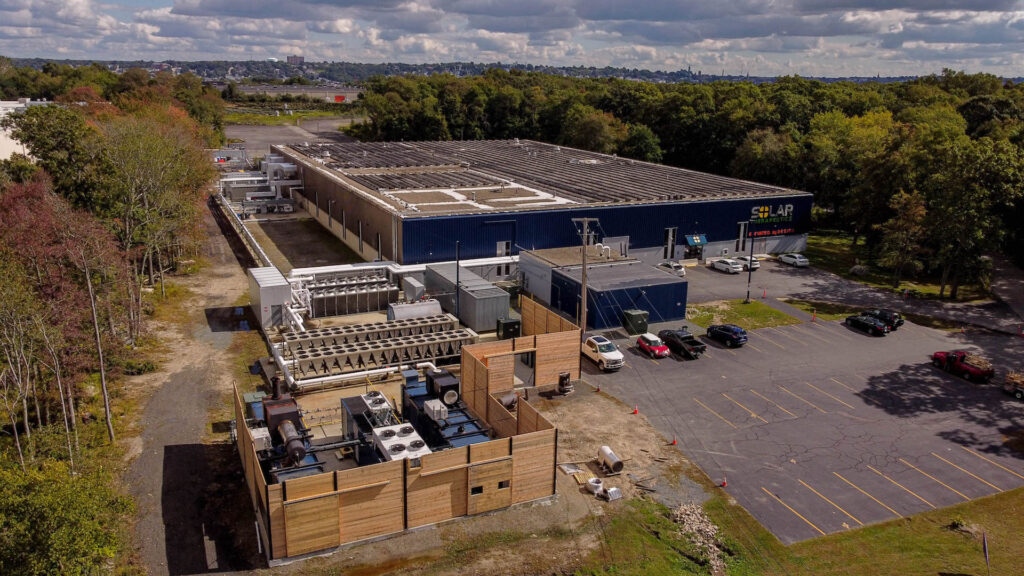
In total, Delaney announced that Solar Therapeutics is ultimately planning 14 grow rooms.
Additionally, their growing process is also based on three-tier farming – a new challenge for Delaney, but one that has already produced some notable strains, including Compound Genetics ‘Waffle Cone and Symbiotic Genetics’ Cherry Punch. Delaney noted that he and his team are also currently in the pheno hunt process, with a large portion of the strains featured coming from the Humboldt Seed Company.
Growing under Fluence Spydr lights, the crops Delaney has already overseen definitely check all of its required boxes.
“For some varieties,” he said, “we’re around three and a half pounds per light. We also choose the potency. We’ve had a couple of strains that hit over 30% THC but our focus is really on getting them into the high 20s and having super good quality with a great nose. Yes, our harvests get better with every run. “
Zack Ruskin
Zack Ruskin is a freelance cannabis and culture reporter. His other bylines include the San Francisco Chronicle, The Nib, Vanity Fair, California Leaf Magazine, and Variety. Follow him on Twitter: @zackruskin.
View article by Zack Ruskin
By submitting this form, you subscribe to Leafly news and promotional emails and agree to Leafly’s Terms of Use and Privacy Policy. You can unsubscribe from Leafly email messages at any time.

Post a comment: